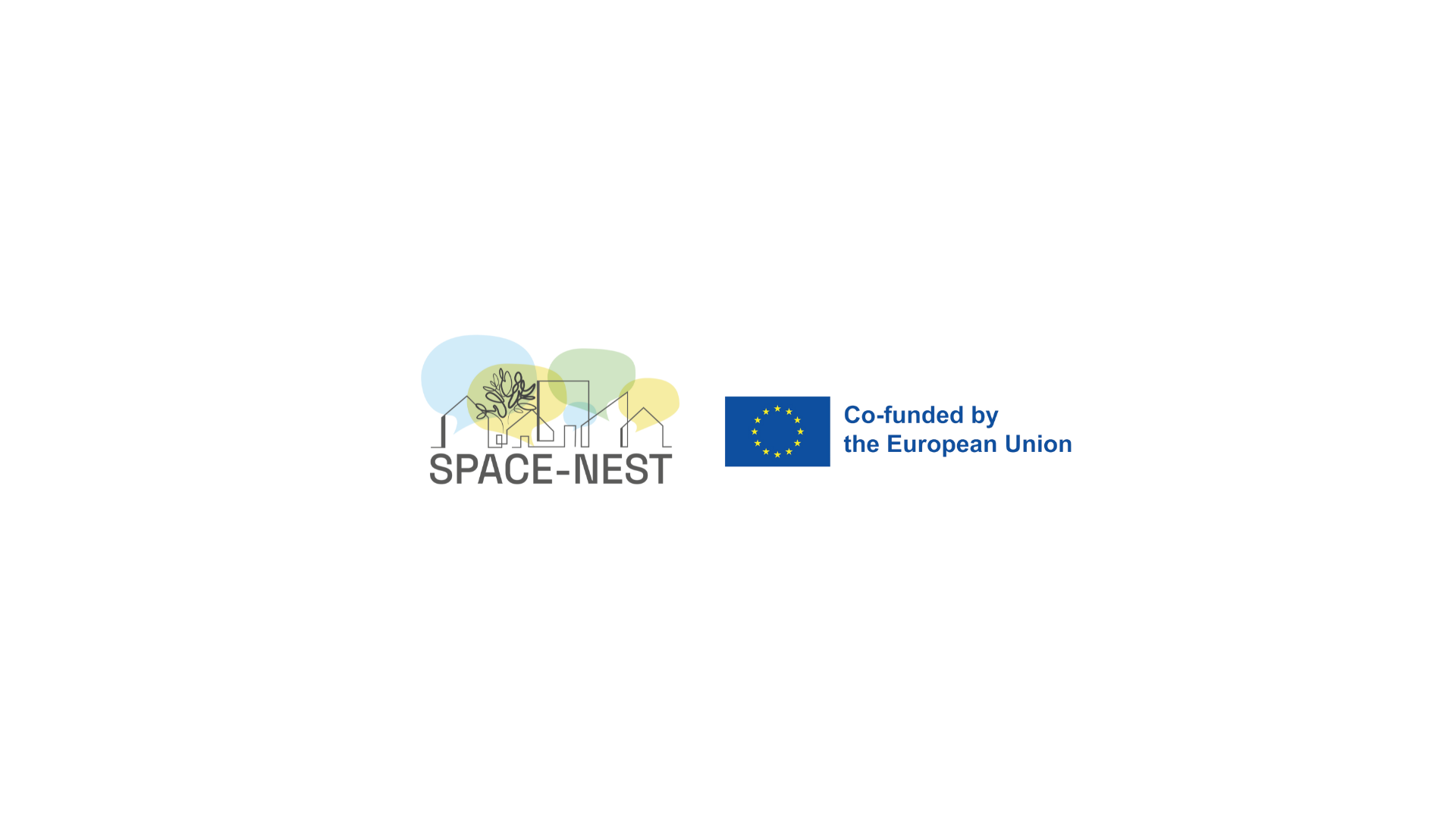SPACE-NEST's Social Economy Mission took place on November 12 and 13 in Val di Scalve, with stakeholders from Italy, Spain, and Slovenia. After three study visits to examples of good regeneration practices in the mountain areas of Bergamo, the second day was dedicated to a Design Thinking workshop focused on ideas and strategies for the future of the territory.
On November 12 and 13, Val di Scalve (Bergamo) hosted the Social Economy Mission, organized by the Province of Bergamo and LE2C as part of the European SPACE-NEST project.
An event that brought together stakeholders from Italy, Spain, and Slovenia, creating a true international laboratory dedicated to the enhancement of mountain areas and the development of a social and sustainable economy.
This initiative provided a valuable opportunity to share knowledge, discuss best practices already in place, and strengthen relationships. It was a moment for dialogue but also for vision, with the aim of imagining new growth trajectories for local communities together.
WATCH THE VIDEO RECAP OF THE ACTIVITIES
November 12: three study visits in the heart of Bergamo's rural and mountainous areas
The first day was dedicated to exploring three emblematic experiences in the area, all of which share the reuse of abandoned buildings and spaces for tourism, social purposes, and landscape protection.
The visits covered:
Case Study 1 – Dossena: a project promoted by the municipality together with the I Raìs Community Cooperative, aimed at enhancing local resources and abandoned heritage.
Case Study 2 – Contatto & Cooperativa La Bonne Semence: a social economy initiative that focuses on inclusion, services, and new opportunities for the community.
Case Study 3 – Contrada Bricconi: an entrepreneurial project that combines mountain agriculture, hospitality, and the regeneration of an entire historic district.
These concrete examples offered a rich and diverse overview of how underutilized spaces can be transformed into drivers of sustainable development, strengthening local identity, attractiveness, and well-being.
November 13: an immersive Design Thinking workshop in Val di Scalve
The second day was entirely dedicated to a Design Thinking workshop, hosted in the unique setting of Val di Scalve.
Starting from the ideas that emerged during the focus group with local stakeholders—organized last April in the valley—project partners and external participants worked side by side to:
explore the needs and potential of the area,
discuss possible visions and approaches,
co-create projects and business plan hypotheses aimed at reusing abandoned sites and enhancing mountain resources.
From field explorations to project ideas: four concepts for the future of the valley
Activities in the area provided the starting point for closely observing some key locations in the Val di Scalve, analyzing their characteristics, potential, and critical issues.
In Azzone, the group explored the town square and the “Casa sulla Roccia” (House on the Rock), an abandoned building with strong symbolic and historical value. Both spaces emerged as strategic opportunities to reconnect people, heritage, and landscape through new social and cultural economy services.
In Schilpario, on the other hand, participants visited a former school and a second central building, two places with great potential for hosting cultural, educational, and community functions.
Based on these observations, the workshop led to the co-design of four innovative concepts, conceived as drivers of cultural, social, and economic regeneration for the valley:
La Casa nella Roccia – Ventaglio Route: an idea that repositions the famous ‘Casa nella roccia’ (House in the Rock) in Dezzo (Azzone) as a gateway to the valley system, integrating a museum area, a tourist information point, and a new inter-valley route connecting local industries, cultural sites, and new forms of entrepreneurship.
Scalve Valley Mountain Hub: the transformation of a large abandoned house into a circular, multifunctional center with an upcycling and design workshop, training services in a mountain environment, alpine coworking, and residences for artists and designers. A productive ecosystem rooted in sustainability and local culture.
Bridge Future–Past: a proposal that connects two buildings symbolically linked by a bridge between the past and the future. The House in the Rock would become a center dedicated to the historical interpretation of the territory, while the adjacent building would house a rural innovation workshop and flexible spaces for the community.
The House Within the House: a vision that reinterprets the Schilpario building as a community hub, with culinary workshops on the ground floor and temporary residences for trainers, researchers, and cultural operators on the upper floors. All this is complemented by a “data house” that monitors activities and impacts, promoting conscious and lasting regeneration.
The Social Economy Mission did not limit itself to networking experiences, but also helped to foster a proactive outlook on the future of mountain areas, stimulating new collaborations and paving the way for the development of shared projects. This was an important step in the SPACE-NEST journey and an example of how international cooperation can be transformed into positive energy for local areas.
Find out more about the project: www.energycluster.it/space-nest.




 Italiano
Italiano